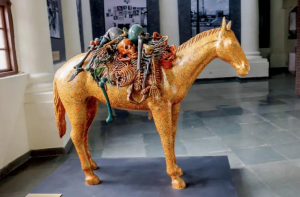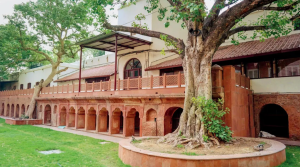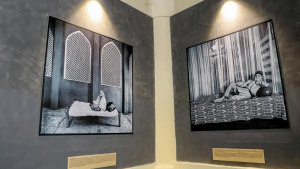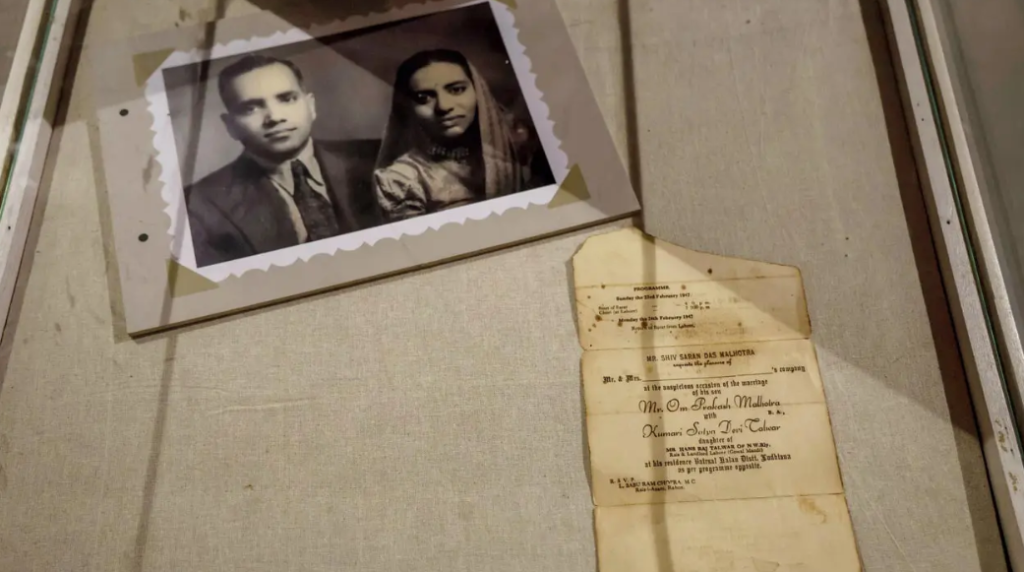Smriti Malhotra
A museum houses collections, objects telling stories and narratives flowing from one gallery to another, contextualising the experience for their viewers. However, the Partition Museum shall be a different experience, this will signify not just documentation but also memory and they will be marred with many emotions, ones of pain, longing and disparity.
The partition museum is set to open its doors on 18th May ’23 at the Dara Shikoh Library, an ancient structure inside the Ambedkar University in New Delhi. While the other museum is in Town Hall in Amritsar, both the museums’ aims are reflecting the largest human migrations of the 20th century.
The Delhi Museum is divided into six galleries segmented into various different themes related to Partition and its aftermath, there are galleries which speak about the fear of displacement and making a new home and settling down in a new land and new city after the trauma that has been faced. There are objects such as richly embroidered Phulkari, torn petticoat, and a horse made out of paper mache made by a Kashmiri artist called Veer Munshi that align the corridors of the museum. There are 28 oral history screens across the museum wherein people share their recollections of the Partition and provide context via-a-via an object or contextualise the happenings of the time period. There is also a separate section called ‘Partition in the Mind of an Artist’ that showcases artworks related to Partition. There are photographs peppered across the galleries of the museums that provide a sense of uncertainty of the times and are also reminiscent of a trip down memory lane. They showcase an undivided India in some photos, and India how it was in 1947.
 A horse made by a Kashmiri Artist.
A horse made by a Kashmiri Artist.
Courtesy: ThePrint.in
Many personal belongings pertaining to families and people who went through the Partition that has been religiously collected by TACHT over the years are on display including photographs, wedding invitations, certificates, etc. Some galleries are dedicated to people who are amongst the most influential lot in the country and only a small section reminds us of the Dalit experience of the Partition. This tells us that histories of a certain class/caste always seem to be more well-documented than others.
 Dara Shikoh Library at Ambedkar University.
Dara Shikoh Library at Ambedkar University.
Courtesy: Mid-day.com
The galleries are curated in chronological order with Independence and Partition, Migration (extending to photographs of riots and Partition in the mind of 20th century’s greatest Indian artists), Refuge, Rebuilding Home, Rebuilding Relationships, and Hope & Courage. As one glides through the galleries, one is transported across different time periods in Indian history charting a dark period in time. As one reaches the rebuilding relationships gallery, one finds themselves surrounded by posters of movies that have been made on the themes of Partition and the massacre, a virtual reality film also plays for the audience and an entire wall celebrates eminent writers of Partition such as Sadat Hasan Manto, Khushwant Singh and the likes. We end the museum journey, across time periods with Hope and Courage which houses a letter box wherein one can post a postcard into the past or future. On display are some postcards written by Pakistanis for this particular initiative.
 Exhibit at the Partition Museum in Dara Shikoh Library, Ambedkar University.
Exhibit at the Partition Museum in Dara Shikoh Library, Ambedkar University.
Courtesy: Mid-Day.com
Speaking with ThePrint about the Museum, its galleries and its mission, Kishwar Desai, the chairperson of The Arts and Cultural Heritage Trust (TACHT) says “Towards Independence and Partition” presents the historical background leading up to Pakistan being carved out of India. “Migration” highlights the devastating exodus of people from both sides of the border, while the “Gallery of Refugees” and “Rebuilding Home” both focus on the settling down of the displaced, particularly in Delhi. Finally, “Rebuilding Relationships” focuses on healing through reaching out, and a section called “Hope and Courage” features the stories of people who, despite losing everything, survived and thrived.”
The museum represents the pain of migration and showcases the generational impact of the Partition, however, hopes well for future generations and wants its visitors to indeed remember its past, the good, bad or ugly.





